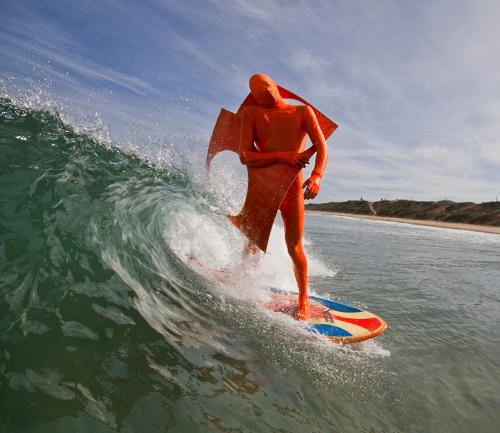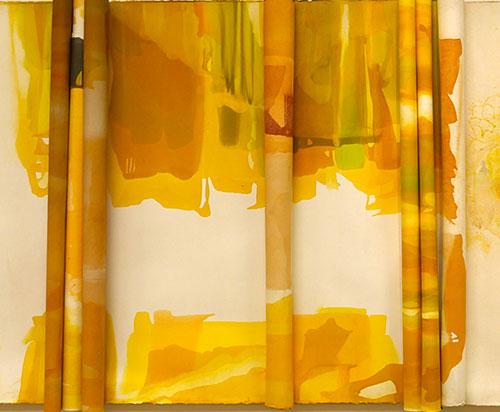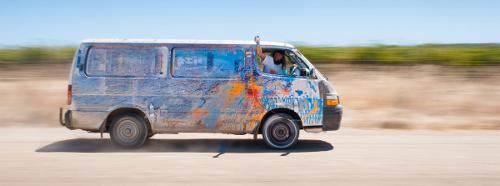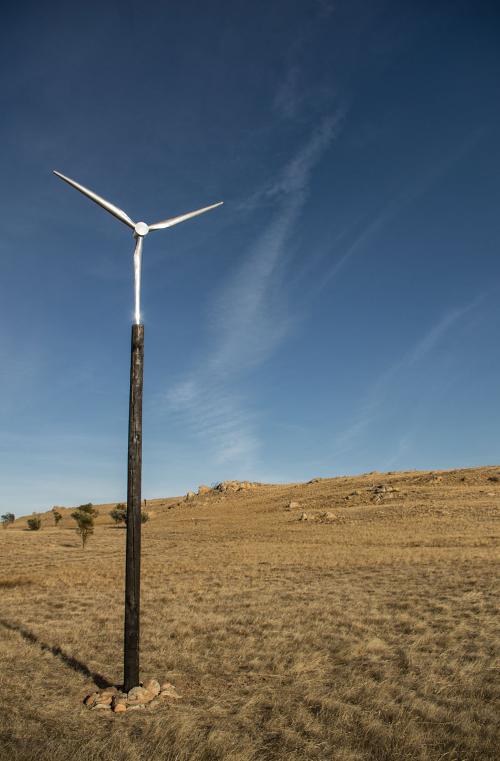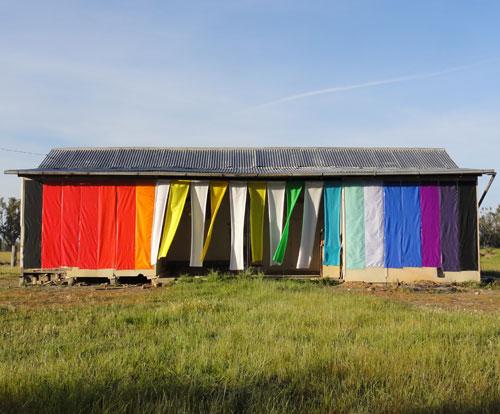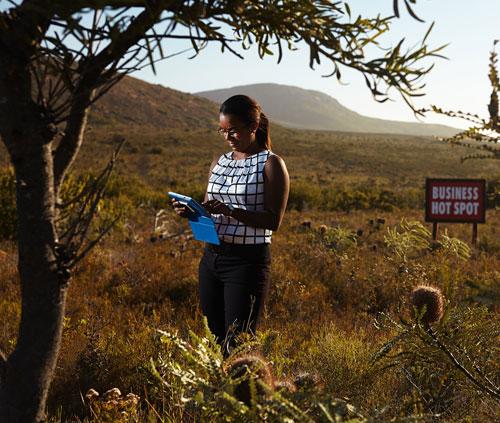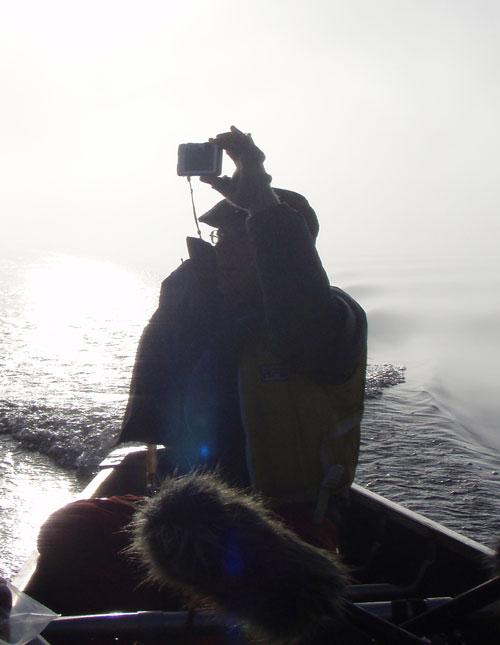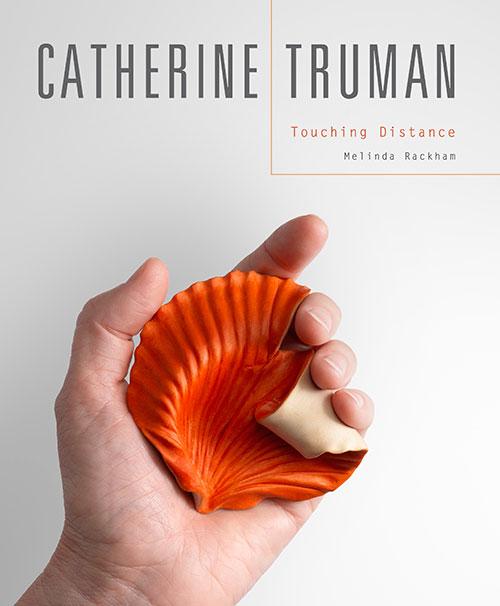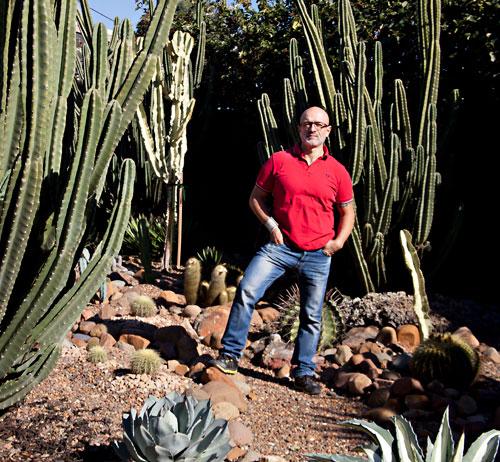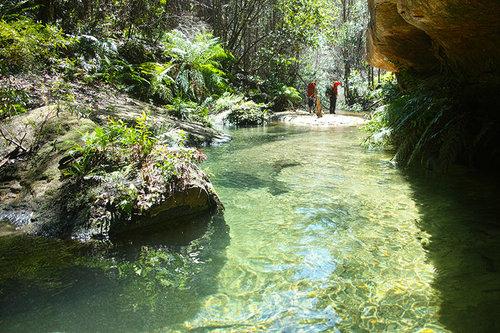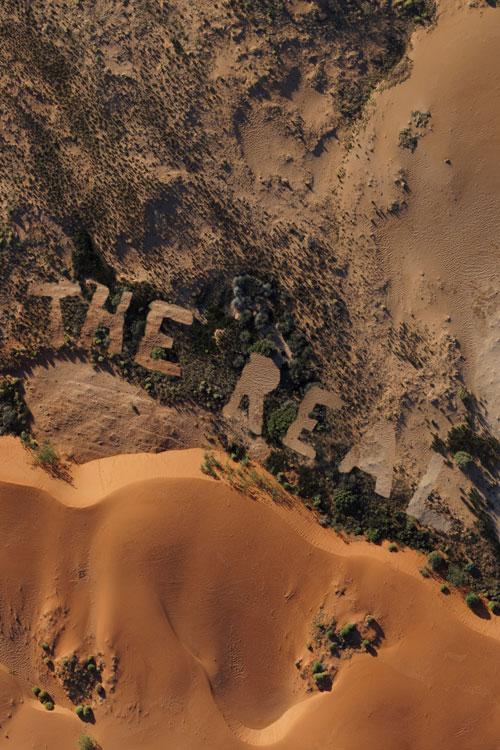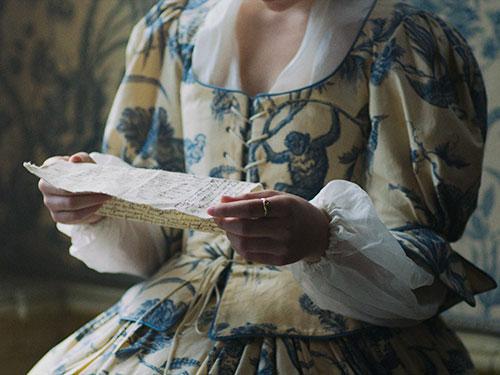Lucas Ihlein: 1:1 scale art and the Yeomans Project in North Queensland
Max Andrews and Mariana Cánepa Luna (Latitudes)___We first met Lucas Ihlein in May 2014 at the recommendation of artist Nicholas Mangan. We had been invited to Melbourne to participate in Gertrude Contemporary’s Visiting Curator Program in partnership with Monash University of Art Design & Architecture, and had taken a few days out to visit the Biennale of Sydney and meet some Sydney-based artists. Nicholas was already familiar with our curatorial interests, stemming from ecology and site-specific practices; indeed, we’ve recently made an extended interview with him for the catalogue of his exhibition Limits to Growth, so his matchmaking with Lucas was prescient. We talked for hours and have been corresponding ever since, with a view to collaborating further.

